Featured Panoramic Photo Above:
Classic Charles Conlon photo of Ty Cobb sliding into Jimmy Austin
Baseball History Comes Alive Now Ranked As a Top Five Website by Feedspot Among All Baseball History Websites and Blogs!
(Check out Feedspot's list of the Top 35 Baseball History websites and blogs)

Guest Submissions from Our Readers Always Welcome! Click for details
Subscribe to Baseball History Comes Alive! for automatic updates (sign-up block found in right side-bar)
As a Free Bonus for subscribing, you’ll get instant access to my two Special Reports: Memorable World Series Moments and Gary’s Handy Dandy World Series Reference Guide!
Dolph Camilli Photo Gallery
Click on any image below to see photos in full size and to start Photo Gallery:
Another Edition of “Baseball’s Forgotten Stars: Dolph Camilli
“Dolph Camilli was a quiet, gentle man but he was as strong as an ox. Nobody knew how well Dolph could fight because, quite frankly, nobody had ever wanted to find out” –Dodger Manager Leo Durocher
With such a favorable response to my recent posts on forgotten stars Wes Ferrell and Ossie Bluege, I’ve decided to go ahead with another overdue tribute.
Today we shine the baseball spotlight on the fine major league first baseman from the 1930s and ’40s, Dolph Camilli. He’s the prototype for players in this series: Forgotten stars who were good-but-not great, largely overshadowed by the many superstars from one of baseball’s Golden Eras, and long overdue for a little recognition.
In the feature photo, we see Dolph Camilli on the left with fellow Italian-American ballplayer, the great Joe DiMaggio, probably from the 1941 World Series.
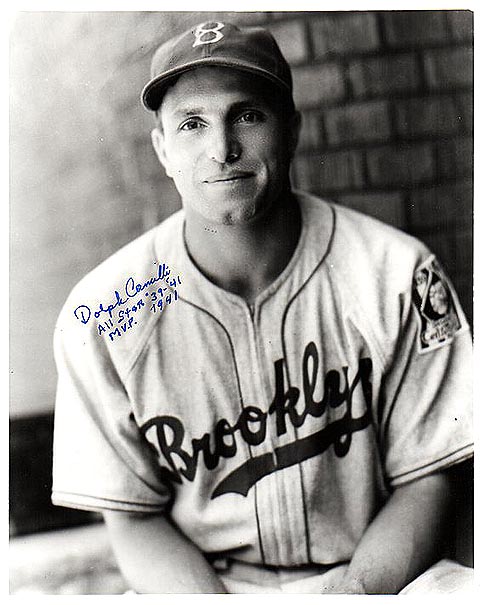
Dolph Camilli made his major league debut with the Cubs on September 9, 1933, at age 26. The San Francisco native played 12 seasons in the majors (1933-’45) with the Cubs (1933), Phillies (1934-37), Dodgers (1938-’43), and Red Sox (1945).
Over his career, the two-time All-Star hit .277 with 1482 hits, 261 doubles, 936 runs, 239 home runs, 950 RBIs, a remarkable .388 on-base percentage, and a .492 slugging average. His 135 OPS+ rating places him well above average among his contemporaries (100 being the major league average). From 1935 to 1937, he hit 25 or more home runs each year. In 1937, he hit a career-high .339 and led the league in on-base percentage (.446).
On March 6, 1938, Dodger General Manager Larry MacPhail made one of the best trades in franchise history. He received Camilli from the Phillies for a player named Eddie Morgan and $45,000. The Dodgers definitely got the better end of the deal as Dolph drove in over 100 RBIs in four of the next five seasons, and led them to the 1941 pennant.
The 5’10” left-hander was a known free-swinger and, as such, led the league in strikeouts four times. He tied Hack Wilson‘s modern National League record of 94 strikeouts in 1934; and in 1935 he set a new league mark with 113. In 1939, Camilli became the first player to have three 100-strikeout seasons. To show how much the game has changed, his league-leading strikeout totals of 94, 113, 107, and 115 pale in comparison with what we see in today’s game. Today, those totals would be unremarkable for a power hitter.
Dolph’s best year was his 1941 MVP year when he hit .285 and led the league in both home runs (34) and RBIs (120), as the Dodgers won their first National League pennant since 1920. The following year, 1942, he finished second in home runs (26) and RBIs (109), breaking Zack Wheat‘s Dodger club record of 131 career home runs. Dolph was the ninth National Leaguer to hit 200 home runs. After a trade to the Dodgers’ hated rivals, the Giants, in July, 1943, Camilli refused to report and instead managed the Oakland Oaks for the next two seasons.
Since none of us ever saw him play, Baseball Reference’s Similarity Scores feature is extremely useful. It gives us the context we need to evaluate him. Camilli’s stats compare similarly with David Justice, J.D. Drew, Justin Morneau,Freddie Freeman, Danny Tartabull, Andre Thorton, and Ryan Klesko. He also compares similarly with old-timers Larry Doby and Hal Trotsky. Using these players as our gauge, we can say for certain that Camilli was a fine ballplayer and deserves some recognition.
Following his playing career, Camilli managed in the Pacific Coast League, winning a pennant with Spokane in 1948. He later was a scout for the Yankees and Angels, and a spring training instructor for the Angels. His son Doug was a major leaguer catcher in the 1960s. His brother Frank was a boxer who died of cerebral hemorrhaging after a bout with Max Baer in 1930. One of Dolph’s career highlights was recording the last out of Babe Ruth’s career.
Doph was inducted into the Dodgers Hall of Fame in 1984, and, at the time, recalled this about Dodger fans: “All they cared about was their family, their job, and the Dodgers. And I don’t know which one was the most important.”
Dolph Camilli passed away in San Mateo, California on October 21, 1997 at age 90.
Shop MLB.com. The Official Online Shop of Major League Baseball.
Gary Livacari
Photo Credits: All from Google search
Information: Excerpts edited from the Dolph Camilli’s Wikipedia page.
Do you have a writing project in mind and need an editor? I’m an experienced freelance writer, proofreader, and copy editor. I can help with all your writing needs including ghostwriting, blog content, and original composition. Contact me: Livac2@aol.com
Check out my latest books both now available on Amazon in e-book (paperback soon to follow), Reflections On the 1919 Black Sox: Time to Take Another Look. All profits go to the Illinois Veterans Foundation
We are a participant in the Amazon Services LLC Associates Program, an affiliate advertising program designed to provide a means for us to earn fees by linking to Amazon.com and affiliated sites. Click here to view Amazon’s privacy policy

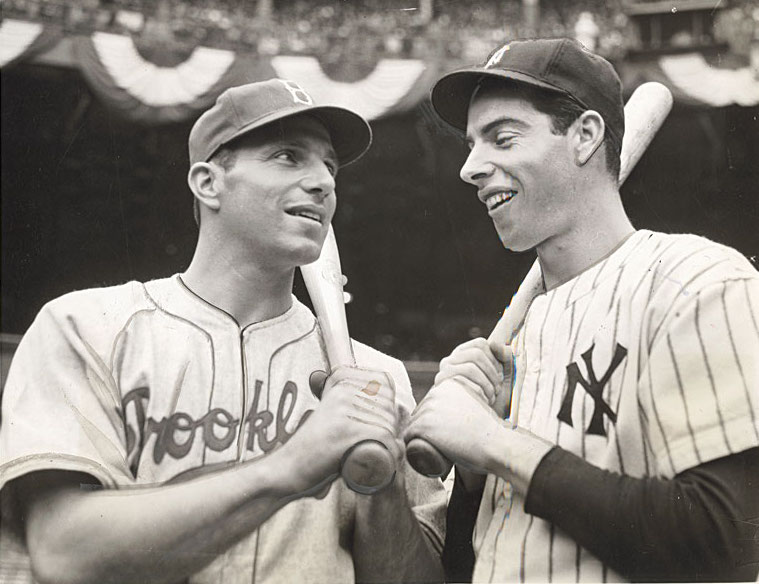
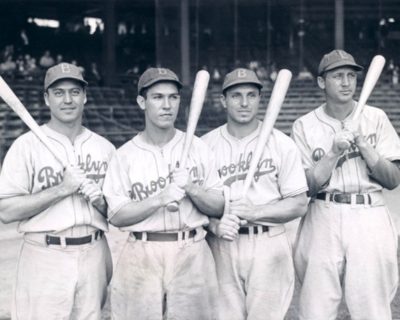
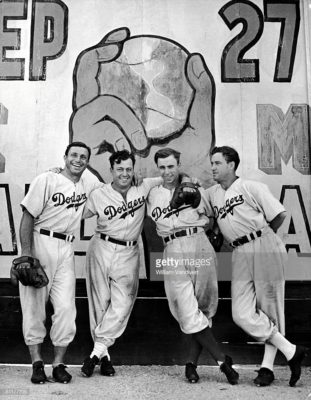
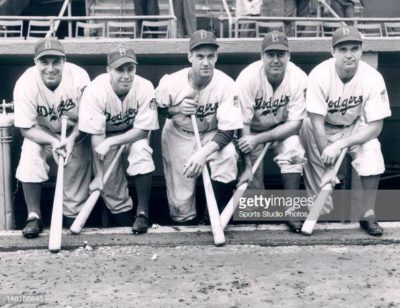
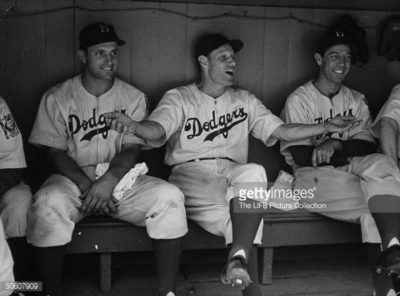
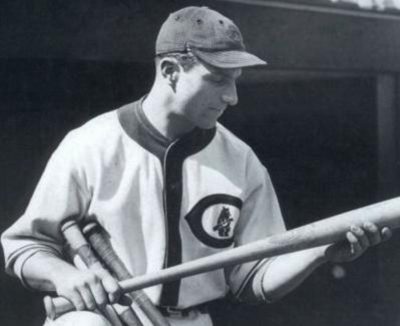
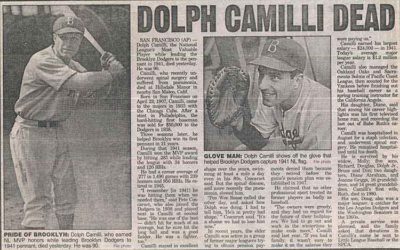
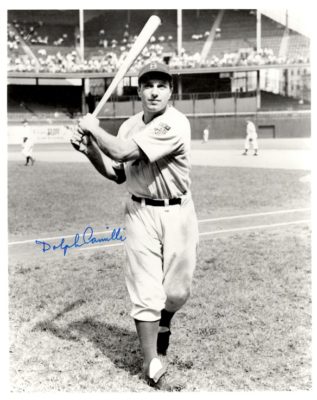
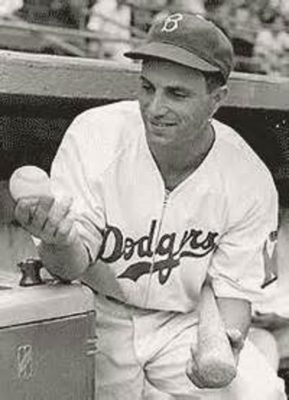
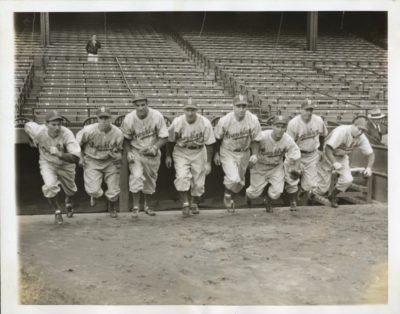
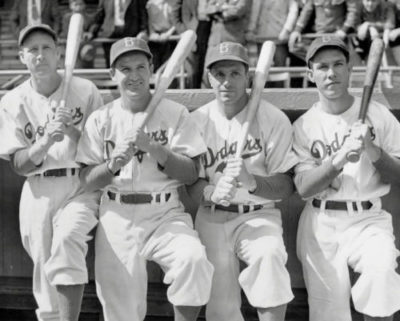
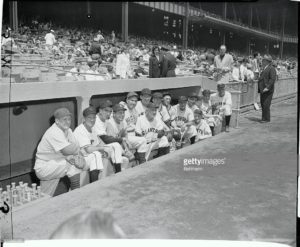
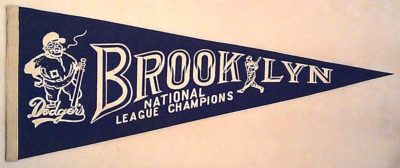
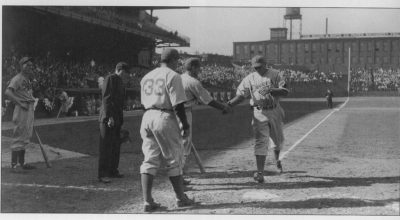
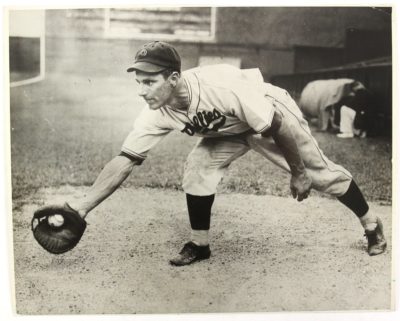
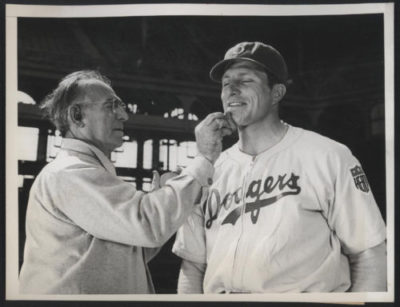
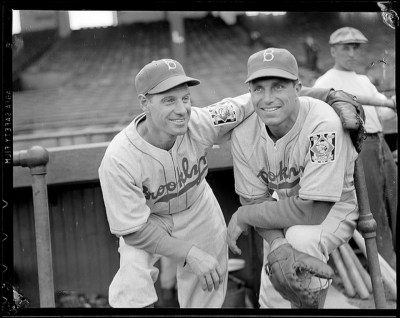
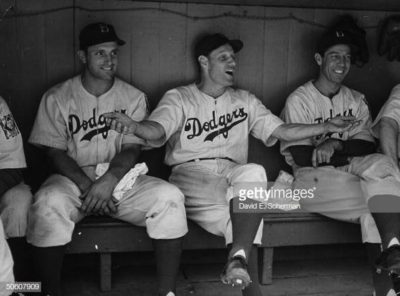
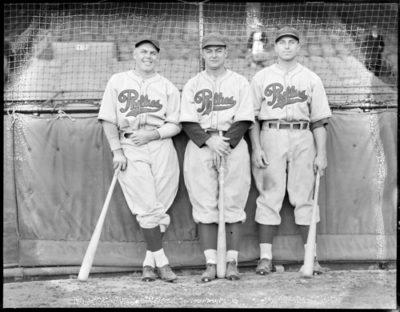
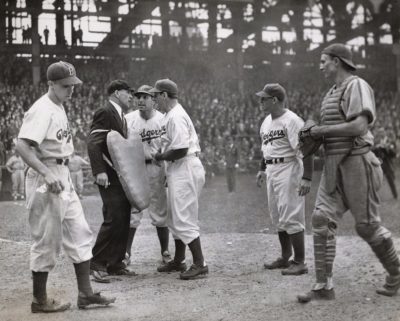
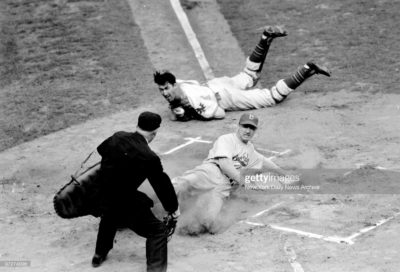
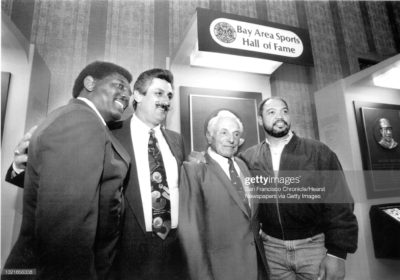
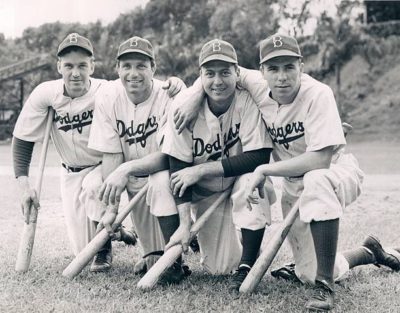
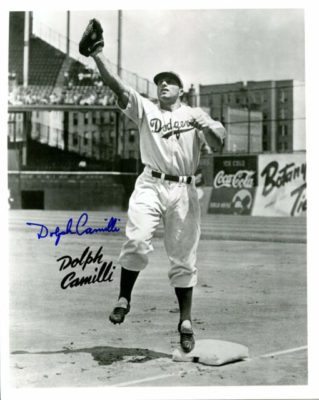
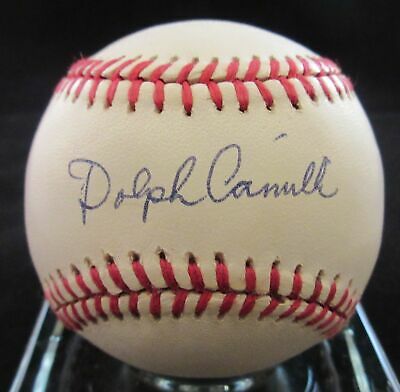
Nice job as usual Gary. The comparisons are bit off to me when likening Freddie Freeman to Camilli and then including Ryan Klesko and Andre Thornton. I think that’s more of an injustice to Freeman!
Hey Gary, loved the article! Back in the early 1990’s I was Dolphi’s FedEx guy and saw him daily when he lived in Vacaville CA. He would get all kinds of overnight packages with a return slip with memorabilia for him to sign. He would always want to talk so I had to make him my last stop before priority service time to give him time to visit. Per company policy we weren’t allowed in customers homes, but Dolphi was the exception. His wife would answer the door, lead me through the house to pool side where he was sitting in the shade having a stiff drink. Wonderful man and wife. He always love to tell me two stories, when Babe Ruth grounded out to him for Babes last out, and managing the Oakland Oaks. He always tried giving me signed memorabilia which I always refused. I did give him a gift once, I located a baseball card of his managing the Oaks and gave it to him as a gift. Dolphi and his wife were both teary eyed after he realized I didn’t want him to sign it for me, but in fact was a gift for him. He didn’t have this card personally and I believe it touched him deeply. Good man, and kind. Great memories!
Thanks Sean. That’s great info! I always love the personal stuff like this. I’d like to do an update piece on Dolph using the information you have given me here. If you have anything else to add, please let me know via email, Livac2@aol.com. I hope you see this, but I’ll also send it to you via email. Thanks again. Hope to hear back from you. -Gary